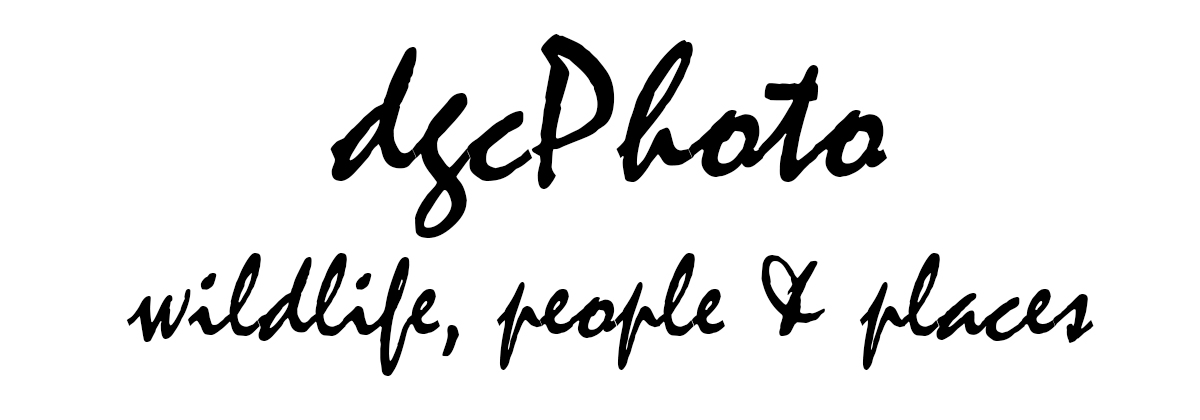by David Clarke | Oct 19, 2012 | All, Insects & Spiders, Italy
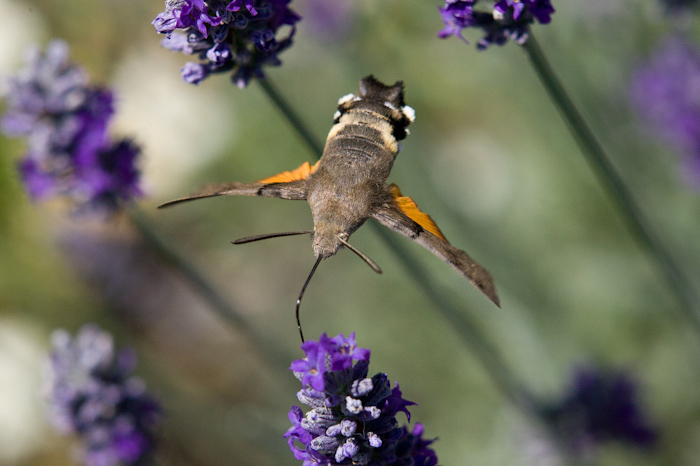
These amazing insects visit the lavender in the garden at our house during the summer months. They spend their time darting from flower to flower at incredible speed. They don’t settle on the flower but grasp it with two legs, their probosces flick out and back in a fraction of a second and then they are off to the next flower. Capturing their images therefore required a bit of patience and experimentation. I used flash for some, extension tubes and various lenses. Some of the shots remind me of old photos of military aircraft refueling in mid-air.
This one and others are also in the Showcase
Canon 1DMkII with Canon 70-200f2.8L lens at140mm and 25 mm tube; ISO400 f5 1/4000
[socialring]
by David Clarke | Oct 9, 2012 | All, Dubai, Places
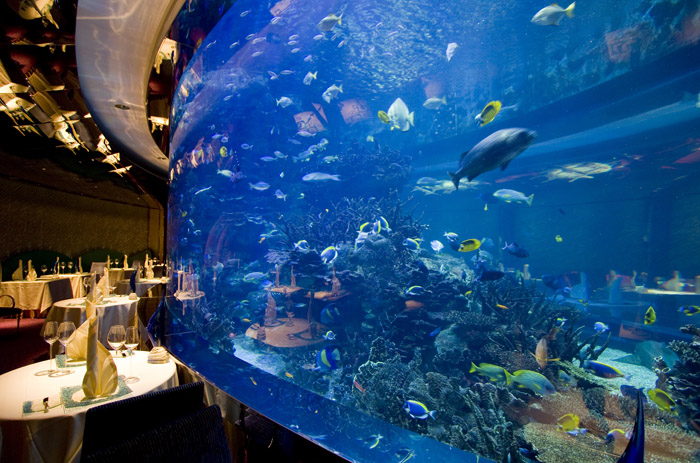
I’m not sure why, but this shot taken in the Al Mahara restaurant in the Burj Al Arab hotel in Dubai, is the most-viewed all all the shots I’ve posted on Red Bubble – 7313 views to date!
The image shows the centrepiece of the restaurant – a huge aquarium to mesmerise diners. The aquarium is lovingly run by a dedicated team who treat each of the 2500 fish in it and two adjacent aquariums as a friend. At the lower right of the shot, you can see a small shark on the gravel bed. She had just laid a couple of eggs on the coral that were a product of parthenogenesis, a form of asexual reproduction in which females produce eggs that develop without fertilization. This process is very rare among sharks and it is extremely rare for the young sharks, which are invariably female, to survive. Last year the aquarium had one that lived to three months but then died. As soon as he was aware of these new egg cases,the marine biologist in charge of the aquarium called one of his and the cases were retrieved, checked for viability and then kept separately to monitor their development.
The Burj Al Arab hotel is a seven star – yes seven – establishment that dominates the skyline along the coast of Dubai between the ‘Palm’ islands development and the even more exotic ‘World’ development – the latter still just a series of undeveloped islands of sand at present.
The hotel (burj is ‘tower’ in Arabic) is a magnificently impressive building from the outside. It soars up over 300 metres and is designed to resemble a sail. Inside it is no less impressive and leaves you standing there with your mouth open. If you stay there, you will develop a huge hole where your wallet used to be. All rooms are suites and the most modest of them costs around US$1000 per night. Interestingly, there are people who live there permanently.
There are more shots of the Burj in the Showcase, under ‘buildings’
Canon 40D with Canon 10-22mm EFS lens at 10mm at 28mm; ISO800 f3.5 1/15.
[socialring]
by David Clarke | Oct 6, 2012 | All, Insects & Spiders, Italy

This elegant lady, a female European Mantis (Mantis religiosa), was checking me out with her 10,000 eyes on the terrace of our place in Tuscany a couple of mornings ago while enjoying the October sun.
According to Mr Wikipedia: ‘Originating in southern Europe, the European Mantis was introduced to North America in 1899 on a shipment of nursery plants. Now they are found all over the north-eastern United States and Canada to the Pacific Northwest. The European Mantis is usually 5–7.5 cm (2–3 inches) in length, and has shades of bright green to tan. It can be distinguished easily by a black-ringed spot beneath the fore coxae. It is one of several different insects for which a name used within Europe to refer to only a single insect species (in this case, “praying mantis”) has become adopted throughout the globe to refer to the larger group of insects to which that one species belongs (e.g., compare “hornet” to European hornet, or “wasp” to common wasp).
Despite being an introduced species, it is the official state insect of Connecticut.’
Although not visible in this image, the black-ringed spot was there in this insect, confirming the identification.
Canon 40D with Canon 28-70mm L f2.8L lens at 70mm. ISO200 1/250 at f10
Original RAW image cropped and processed in Lightroom
Image taken 4 October 2012
[socialring]
by David Clarke | Oct 4, 2012 | All, Phuket
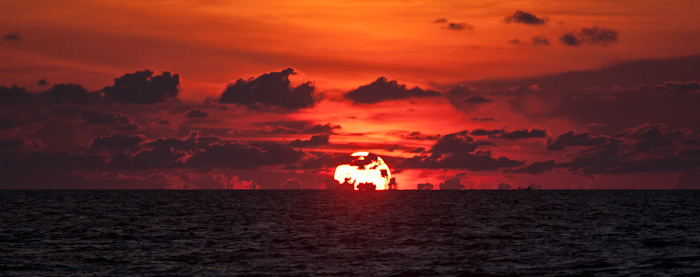
Late afternoon in the waters off Phuket. After a day’s relatively unsuccessful fishing, the sun sinks into the ocean as we head back to the island.
Canon 40D with Canon 70-200 IS f4 lens at 187mm. ISO400 1/4000 at f4.5
[socialring]
by David Clarke | Oct 1, 2012 | All, UK, Wildlife
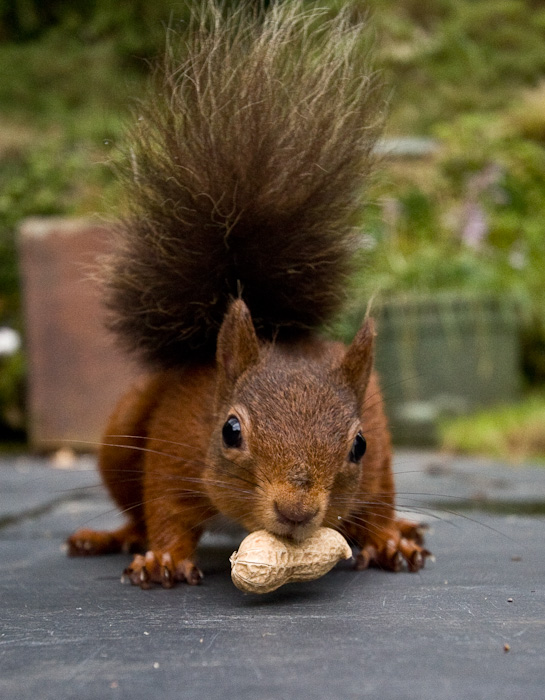
Red squirrels are an endangered species in the UK, their numbers threatened by disease, grey squirrels and habitat loss.
There are still a few places where they are to be found, one of which is the Lake District where this extremely tame fellow lived with a few others in the garden of the house where we were staying.
They all seemed to spend their time collecting nuts from the bird table and burying them around the garden. They certainly had no fear of humans and would join us at the garden table if there was a chance of a nut to be grabbed.
Canon 40D with 10-22mm EFS lens at 22mm; ISO800 1/400 at f4.5
[socialring]
by David Clarke | Sep 28, 2012 | All, Italy, Places
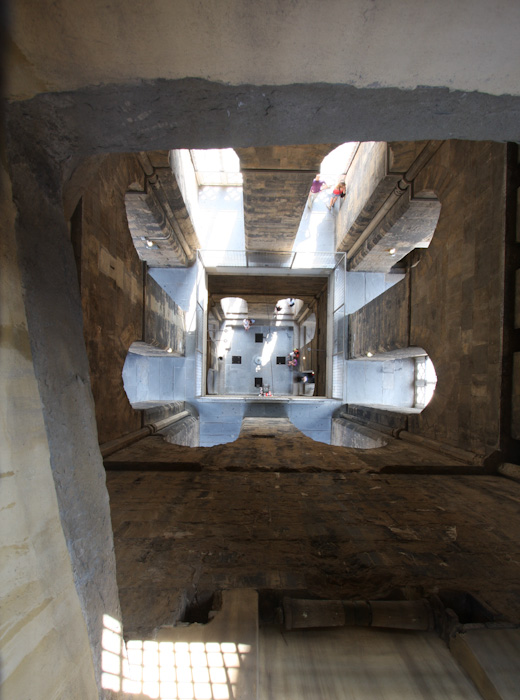
If you are ever in Florence, you have to visit Giotto’s Campanile, the bell tower that stands next to the Duomo, and climb to the top. Go early and beat the crowds – the narrow staircase is a two-way street and it gets busy.
This shot is taken from one level below the top, the highest level from which you can look down the inside of the building. The tower itself is stunning. It stands 84.7 metres high (277.9 feet), although after you’ve staggered up the 414 steps that take you all the way to the top, it seems higher. Every step is worth it – the view over the city from the top is fabulous. And it’s been standing there in all it’s magnificence since 1359, the year it was completed. Check it out on Wikipedia for more stats and information.
Canon 40D with Canon EFS 10-22mm lens at 10mm. ISO200 1/8 at f10
[socialring]

